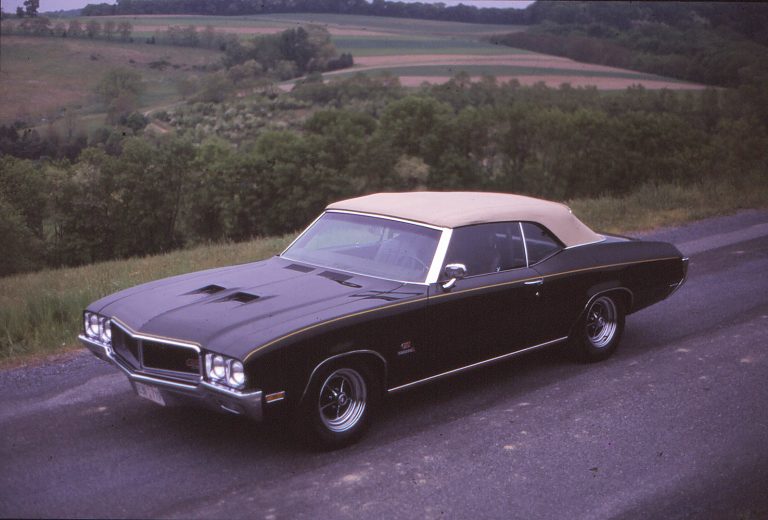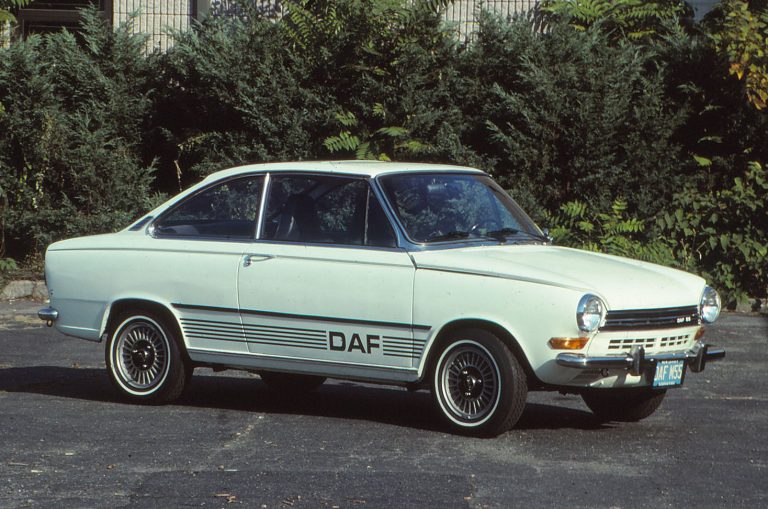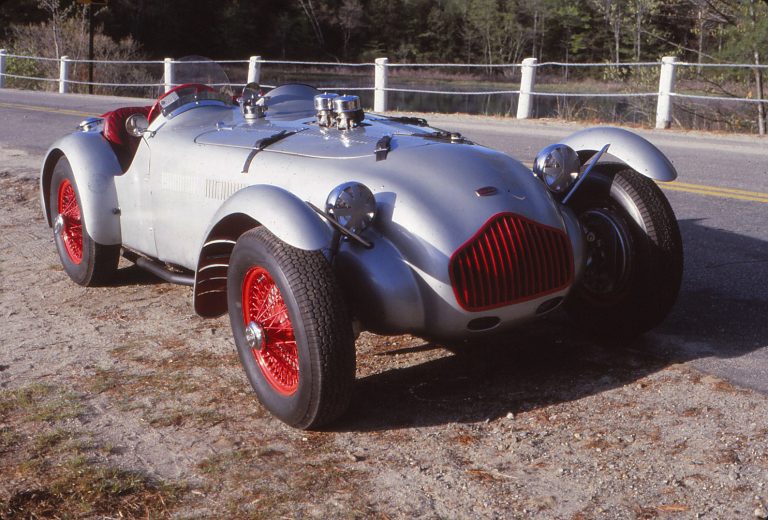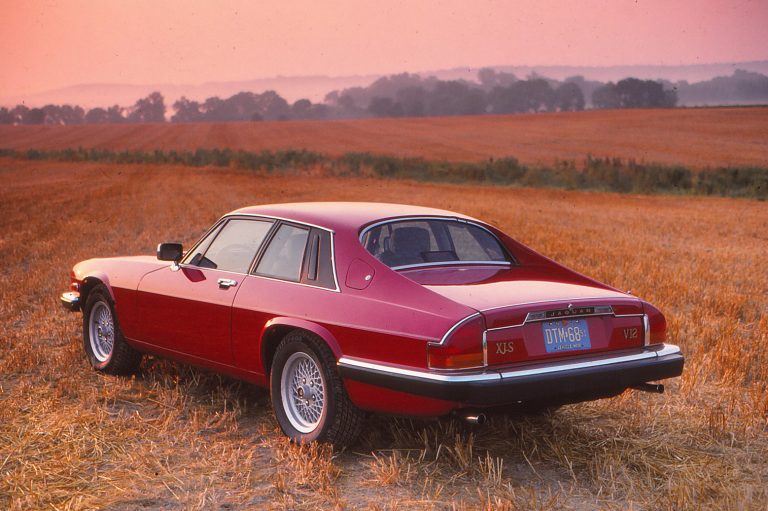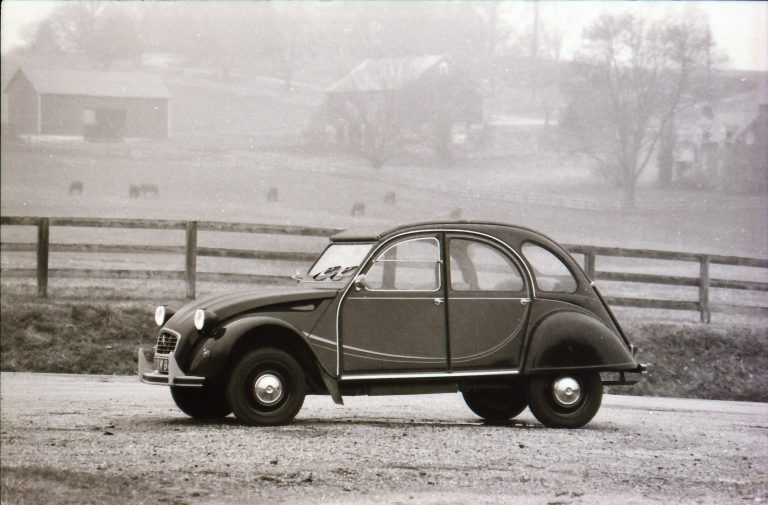Originally published in AutoWeek December 26, 1983
Item: late in the evening of March 20, 1974 Princess Anne was returning to Buckingham Palace in a royal Austin Princess limousine when some disaffected Third Worlder blocked her car with his, then opened fire. It was a kidnap attempt that failed, and although the Princess (the one with legs) was unharmed, the Princess (the one with wheels) had its Vanden Plas bodywork rather severely perforated. The car was returned to the factory at Kingsbury to be put “as new.” Princesss Anne was simply returned to Buckingham palace.
Item: During the great decolonization frenzy of the ‘50s and’ 60s, when former colonial powers discovered they no longer had the fiscal wherewithal to afford the continued exploitation of their empires, Great Britain joined right in. But as colonies were shed, Queen Elizabeth, to assure that the prime ministers of these brave new states would not have as official livery a Ford pickup old enough to vote, gave each new nation a Princess limousine as a sort of going-away present. So in 1971, when Edi Amin seized power from Milton Obote, who had himself claimed dictatorship of Uganda in 1966, he also took possession of the official Princess limousine. The Princess became Idi’s personal transportation, and it’s reported that it had some quite, uh, unusual custom touches added.
Of course Idi and Annie weren’t the only people ever to travel in a Princess limo. Diplomats and heads of state alike found the Vanden Plas coach to be a suitable carriage, and when the parade of civil servants went on to newer sets of wheels, Princesses quite frequently found their way to mortuaries. There they would be used for transporting the bereaved to see off poor Ned in a fitting manner. (Not, of course, that Ned – being dead – knew the difference between a Princess limo from a Ford Anglia, but it seem like the thing to do). When not being used for somber purposes, the limos were often rented out for weddings.
Which explains the rice under the seats of the 1962 Princess limousine owned by David Clark of Virginia Beach, Virginia. Clark’s Princess, and others like it, where the product of the peculiar marriage between Austin, builder of cars for the common Englishman, and Vanden Plas, coach builder with a history as old as the automobile, builder of bespoke bodywork for Alvises and Bugattis, Daimlers and Talbots, and Bentleys. Especially Bentleys.
For Vanden Plas it was a matter of survival. The glory years had been the ‘30s and earlier, and the firm had spent the war producing aircraft componentry, wing skins for Mosquitoes. But the armistice, instead of bringing a return to business as usual for Vanden Plas, brought crisis. Many of the 23 British coach builders active in the late ‘30s would fall by the wayside, fewer than 10 surviving into the ‘50s; Vanden Plas’ own hopeful plans for work on Rolls-Royce, Alvis and even Ford chasses all evaporated. When Austin approached Vanden Plas in the spring of 1946, it must have seemed a godsend, even if it did mean a total buyout, with Vanden Plas becoming a wholly-owned subsidiary of Austin
It must have delighted Austin. As Leonard Lord, then head of Austin, said of Vanden Plas, “You are the champagne people, we cater for the draught beer customers.” The Princess, in essence a special Vanden Plas-bodied-and-outfitted Austin Sheerline sedan, debuted in 1947.
Meanwhile, Austin was trying to sell a long-wheelbase Sheerline limousine, but with less-than-hoped-for success. The solution was, or should have been, obvious: Trade on the Vanden Plas name and use the Vanden Plas skill. The Princess limousine was introduced at the 1952 Earls Court show, and when the Queen ordered the first two production models for the Royal equippage, success was almost guaranteed.
The styling of the new limo, like the sedan it spawned, was somewhat strained. The stylist had worked at saving the “razor edge” look of the ‘30s, while simultaneously adopting the slab-sided idiom imported from America. But something was missing. Gone was the long hood of the prewar designs, the cabin section overbalancing the form. There were lines that started well, such as the front fender, but went nowhere. Other themes started from oblivion and ended in ignominy, such as a C-pillar crease that plummeted into an unabashed trunk lid doing his best Rolls imitation.
But sell it did, remaining on the catalog until 1968. The peculiar dignity of an outdated tuxedo has an apparent appeal in certain circles. Some buyers even gilded the lapels, so to speak. The Sheik Ali Bin Abdullah Al Thani of Qatar ordered a scarlet-and-gold-plated bright metal Princess limousine, and when he had seen what he had done, followed it up with another in pink-and-gold-plate.
Styling aside, the Princess limo does exactly what it’s supposed to do. It’s a big car, with its chin-high bulk resting on an 11-foot wheelbase and, despite extensive use of aluminum body panels, it’s a member of the two-ton club. The car was originally equipped with a standard transmission. But by the time David Clark’s Princess was made, Austin’s four-liter six was mated to General Motors’ four-speed Hydramatic automatic transmission. For those of you who missed this wonder in Stateside application, Reverse is only one quadrant click away from Drive 4, and the only thing changed in this British installation was the rotation of the selector to the left side of the right-hand-drive steering wheel.
Power-assisted steering does nothing to disguise the size and weight of the car. Acceleration is most tactfully described as stately, and handling is, well, dignified. It would be difficult to drive this car hard. There is an aura, a spirit that mitigates such vulgarity. Chauffeurs didn’t have to be taught to drive with dignity in the Princess; it’s unavoidable. One glides along, feeding in control commands, and someone down somewhere below responds. This car isn’t driven, is captained.
“All ahead full!”
Ching! Ching!
“Aye, aye.”
Ching!
And forward motion commences. Don’t ask if it performs. Ask if it response to the helm. Even the task of changing a flat tire is assisted by those imaginary deckhands below: the car has an integral hydraulic jacking system. If only there were some way to exchange the wheels from the driver’s seat…
An Austin Princess limousine may be third cousin to an Austin-Healy, but make no mistake, it’s no more a sports car than the Healy, on a good day, at least, is a doorstop. It’s a limousine, and limousines are supposed to be quiet and roomy and luxurious. Here’s where the Princess limo excels.
Back in the business end, there is room for a cozy five passengers with jump seats up, or a comfortable couple can stretch out, instruct the driver to close the backlight screen, raise the divider, and then it’s, “Home, James.” After all, one needs to inspect all that burl walnut trim in privacy.
There is a place for limousines, probably – such as the New Jersey Turnpike or coming home from The Theater. On the whole, though, It’s better to drive than be driven. But if the occasion calls for limousine, one could do worse than the Princess. If It’s good enough for Princess Anne and Idi Amin, it’s good enough for you.








